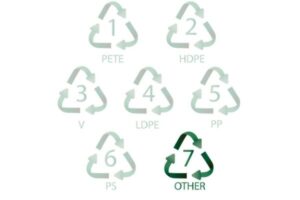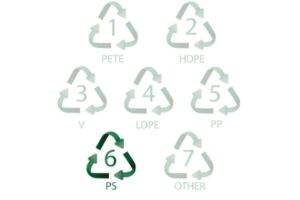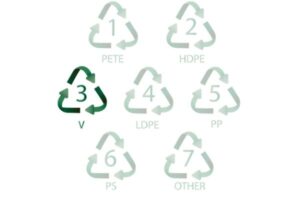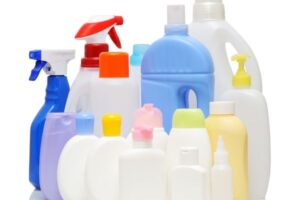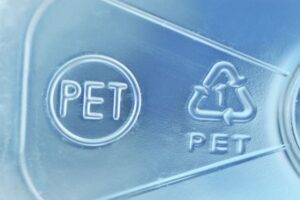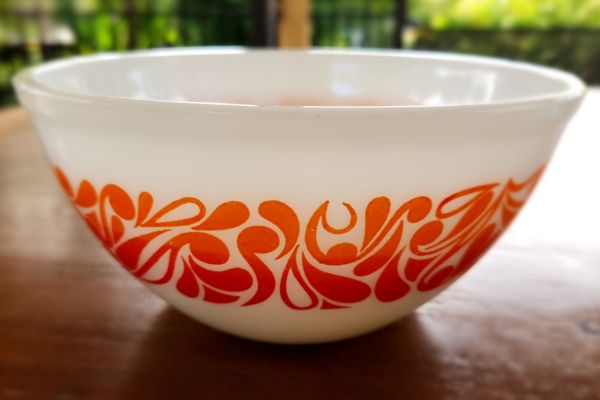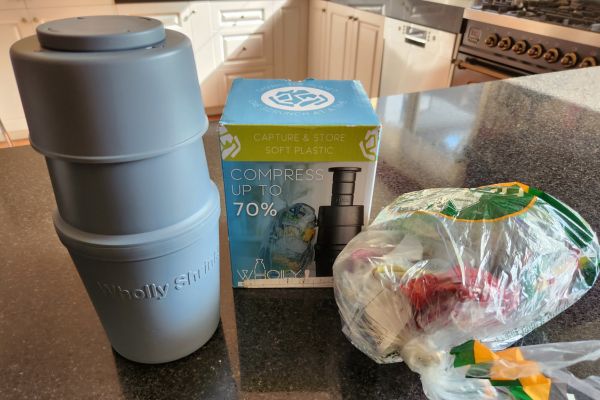One of the most crucial steps we can take is to recycle correctly, as it has a direct and immediate impact on reducing our waste. Unfortunately, many people are still unsure about how to properly recycle plastics. The first step is understanding the difference between hard and soft plastics and then determining is hard plastic recyclable.
Read on and I will give you 3 easy steps to help you work out if a plastic item is recyclable no matter where you live.
Hard vs. Soft Plastics: What’s the Difference?
Before diving into the world of plastic recycling, it’s essential to understand the distinction between hard and soft plastics. Hard plastics, such as those used in water bottles, food containers, and toys, are typically made from materials like PET (Polyethylene Terephthalate) or HDPE (High-Density Polyethylene). Soft plastics, on the other hand, include items like plastic bags, cling wrap, and flexible packaging.
While both types of plastics have their recycling challenges, hard plastics are generally more widely accepted by recycling facilities due to their durability and the demand for recycled materials in manufacturing.
Identifying Hard and Soft Plastics
The test to determine whether an item is made from hard or soft plastic primarily involves assessing its flexibility and rigidity. The scrunch test is a simple and effective method to determine whether a plastic item is rigid (hard) or soft. Here’s how to perform the scrunch test:
Scrunch Test:
-
- Take the Plastic Item: Pick up the plastic item you want to test.
-
- Attempt to Scrunch or Bend the Plastic: Apply pressure and try to scrunch or bend the plastic item with your hands.
-
- Hard Plastic: If the plastic is rigid or hard, it will resist bending or scrunching. You may find it difficult or impossible to deform the plastic.
-
- Soft Plastic: If the plastic is soft, it will easily scrunch or bend under pressure. You’ll be able to deform the plastic with little effort.
-
- Attempt to Scrunch or Bend the Plastic: Apply pressure and try to scrunch or bend the plastic item with your hands.
The scrunch test is particularly useful because it doesn’t require any special tools or knowledge of plastic types. It’s a quick and straightforward way to assess the flexibility and rigidity of a plastic item, helping you determine its recyclability and proper disposal method.
By using the scrunch test along with other identification methods like checking recycling symbols and numbers, you can make more informed decisions about how to recycle or dispose of plastic items responsibly.
How to Determine If Hard Plastic is Recyclable
There are three easy steps to follow:
-
- Is it Hard Plastic or Soft Plastic – use the scrunch test described above
-
- What is the plastic number – check if the plastic has an identification number on the bottom. This plastic resin code tells you what sort of plastic the item is made from.
-
- Check your local recycling rules – Whether you plan to recycle an item via your curbside service or a transfer station or collection site, you must always check what types of plastics they accept. First is the plastic numbers that they accept and then make sure the item is the right kind of item. For example, many curbside recycling services only accept plastic packaging.
IMPORTANT NOTE:
The Plastic Resin Code is not an indication of recyclability. It simply tells you what sort of plastic an item is made from.

Identifying Plastics by Number
One of the easiest ways to determine if a hard plastic item is recyclable is by checking its recycling symbol and number. Most plastic items are marked with a triangular resin code with a number between 1 and 7. Here’s a quick guide to what these numbers mean:
Some common plastic types and items that belong in them are:
-
- #1 (PET): Found in water bottles, soda bottles, and some food packaging. Widely accepted for recycling.
-
- #2 (HDPE): Used in milk jugs, detergent bottles, and toys. Also widely accepted for recycling.
-
- #3-#7: These include plastics like PVC, LDPE, PP, and others. While some of these are recyclable, they may not be accepted by all recycling programs.
If you want to learn more about plastic by numbers, check out our series on the different plastics and whether they are recyclable or not.
By familiarizing yourself with these numbers, you can make more informed decisions about what to toss in the recycling bin and what to keep out.
By familiarizing yourself with these numbers, you can make more informed decisions about what to toss in the recycling bin and what to keep out.
How Everyday Recycler Can Help
Navigating the world of plastic recycling can be overwhelming, but resources like Everyday Recycler are here to help. Our platform provides valuable information and tips on recycling various materials, including hard plastics. Additionally, my book, “Recycling for Dummies,” offers a comprehensive guide to recycling practices, making it easier for you to make eco-friendly choices.
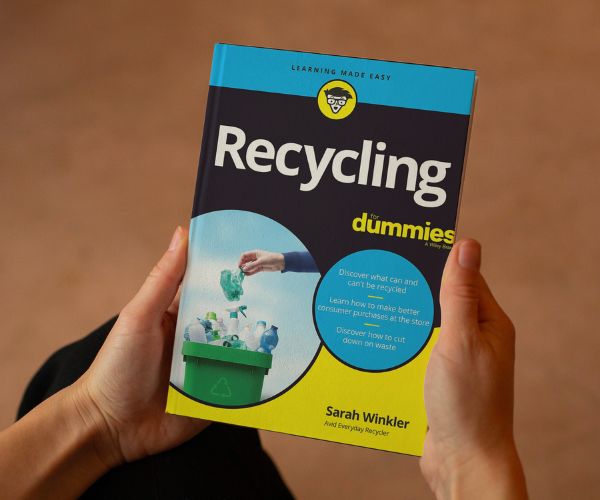
Cut through the confusion
Recycling For Dummies helps you cut through the confusion and discover a straightforward approach to recycling. It makes it easier to make the right choice at the bin.
Is Hard Plastic Recyclable?
The next time you find yourself holding a hard plastic item and wondering if it can be recycled, take a moment to follow my 3 step process. Is it hard or soft plastic, what type of plastic is it made from and what are your local rules.
Follow these steps and you can’t go wrong.
By understanding the difference between hard and soft plastics and familiarizing yourself with the recycling numbers and your local rules, you can make a significant impact on reducing plastic waste and ensuring plastic gets recycled.
With the right knowledge and resources, you’ll be on your way to becoming a more informed and responsible recycler, making a positive difference for our planet.
Be sure to share this tip with your friends and family!




